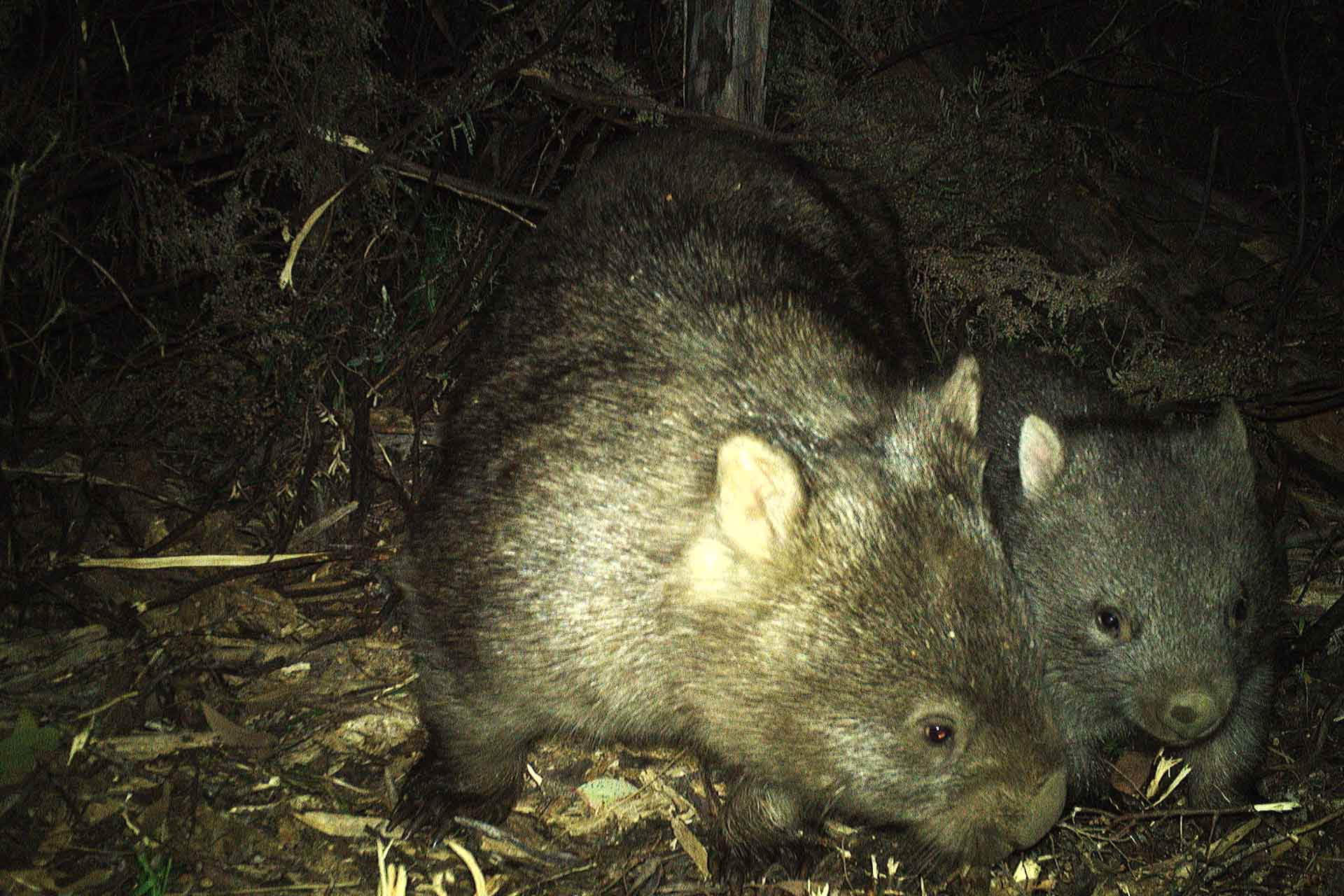Ecohealth Scorecard a first for Kosciuszko National Park
The overall health of Kosciuszko National Park, the largest national park in the state, has been assessed for the first time through the EcoHealth Scorecard.
The Scorecard is based on an unprecedented level of biological survey work. This includes 100 permanent monitoring sites equipped with cameras and acoustic monitoring equipment that captured more than half a million animal images, nearly 4,000 plant records and 1,225 bird records.
The Scorecard includes surveys undertaken in the 2022/23 financial year. It provides a baseline against which changes in the health of the park can be measured over time.
Kosciuszko National Park contains the largest wild horse population of any national park in NSW. The removal of horses will boost ecological health by supporting the recovery of threatened species (eg, Broad-toothed Rats) and ecosystems (such as bogs and fens) and driving improvements in water quality. Horse impacts have contributed to water quality in many areas of the park failing to meet guidelines related to turbidity and other ecological requirements.
The first Scorecard also reveals:
- The park remains an important stronghold for many threatened mammal species with populations of Mountain Pygmy Possum, Eastern False Pipistrelle and Spotted Tailed-quoll likely to be stable, while more information is required to assess Broad-toothed Rat and Smoky Mouse populations.
- 28 threatened bird species are found in the park including Powerful Owls, Gang Gang Cockatoos and several threatened woodland birds.
- Populations of Southern Corroboree Frog, Alpine Tree Frog and Booroolong Frog appear stable, while the Spotted Tree Frog population is increasing, based on data from previous threatened species programs.
- Kosciuszko National Park supports more than 1,100 plant species (approximately 5% of all Australian plant species) with 501 native species recorded at permanent monitoring sites.
The Scorecard also reveals some challenges:
- 11 feral animal species occur in Kosciuszko National Park – in addition to horses, feral cats are present at 40% of all monitoring sites while deer and foxes are also widespread.
- 55 weed species were detected at permanent monitoring sites, suggesting a relatively high level of weed incursion likely linked to disturbance by horses and other feral animals and human activities in the park.
- Some threatened species appear to be declining, such as the Northern Corroboree Frog; or are at risk from climate change, such as the Guthega Skink.
- Since European settlement, Kosciuszko National Park has lost an estimated eight mammal species (14% of its original mammal fauna) and 39 bird species (16% of its original bird fauna).
- Two widespread and severe bushfires in the last 20 years have reduced the area of old growth vegetation and impacted on fire sensitive species such as Alpine Ash.
NSW National Parks and Wildlife Service (NPWS) has increased the level of invasive species control in Kosciuszko National Park, with more than 9000 feral animals removed in 2023/24, including 7,285 horses and over 1,800 deer, pigs, cats, foxes and rabbits.
12,008ha in the park has been treated for weed control, and NPWS will continue to adjust fire management to protect critical habitat which was once more widespread The next Kosciuszko National Park Scorecard is due for release in 2025-26 and will include targeted surveys for koalas, yellow-bellied gliders and several threatened plants.
The EcoHealth Scorecard program will be implemented across 30% of the national parks in NSW, providing regular audits to monitor the health of these areas, including changes in:
- the population of threatened and other indicator species,
- the population of feral animal and the extent of weeds,
- fire patterns, and
- the condition of habitats and ecological processes.
The first ever EcoHealth Scorecard was released earlier this year, focusing on Australia's oldest national park, Royal National Park.
Quotes attributable to NSW NPWS Deputy Secretary Atticus Fleming
"Kosciuszko National Park is a globally significant national park, protecting a suite of threatened species and animals and plants found nowhere else.
"This Scorecard gives us a first comprehensive report on how the park is faring, based on a wealth of new monitoring data.
"The good news is that the park remains a stronghold for over 70 threatened species, however, the challenges are significant including 11 feral animal species, weeds and climate change.
"NPWS has ramped up feral animal and weed control and will be tailoring fire management to keep Kosciuszko National Park healthy for future generations to enjoy."
Key Statistics – KNP Scorecards
| KNP | |
|---|---|
| Area of park | 689,627 |
| No of monitoring sites | 100 |
| No of mammal species likely to occur | 45–49 |
| % of original mammal assemblage | 79–86% |
| No of threatened mammals | 15 |
| No of bird species likely to occur | 187–204 |
| % of original bird assemblage | 77–84% |
| No of threatened birds | 28 |
| No of threatened reptiles | 3 |
| No of threatened frog | 6 |
| No of threatened plants | 27 |
| No of native plant species at monitoring sites | 501 |
| No of weed species at monitoring sites | 55 |
| No of feral animal species | 11 |
| Average % of park burnt in unplanned bushfire (annually over last 20 years) | 1.98% |
Images/footage available here: Dropbox

Wombat and joey, Ecological Health Performance Scorecard